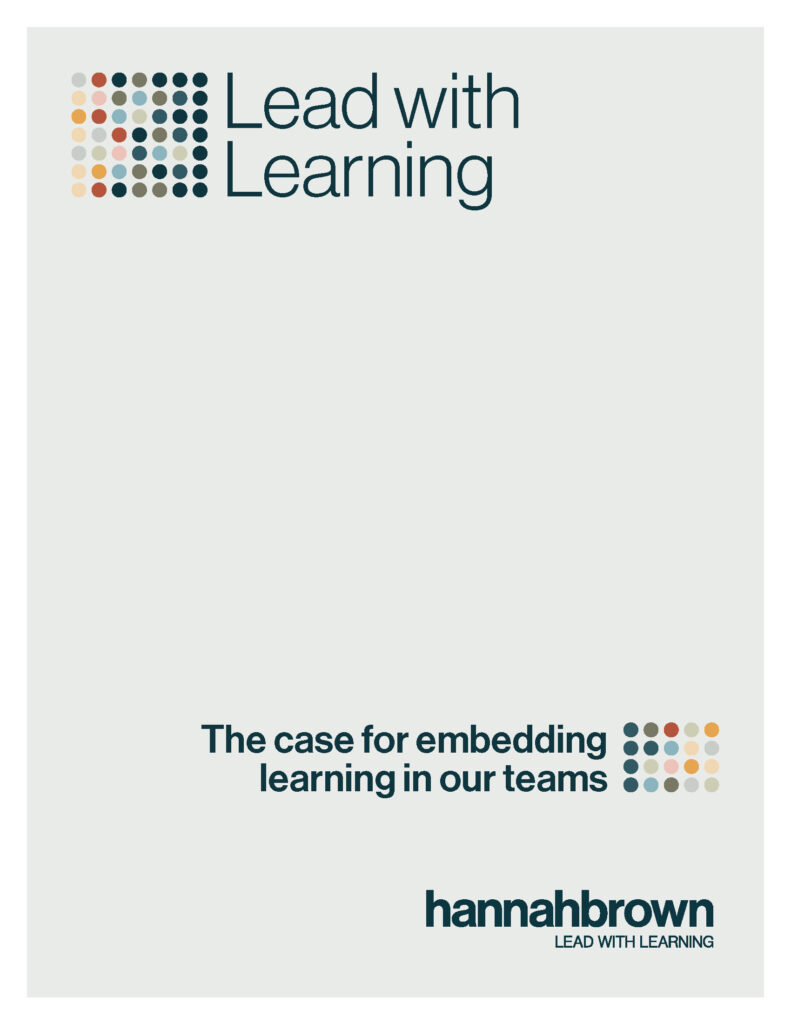This was a challenging year for me, with the natural ups and downs of self-employment and some personal challenges. I started the year busy with work and trying to stay on top. My spring was quieter, so I took a course through Sauder School of Business. I realized in late spring that I needed a break, so I took the summer mostly off. I’ve tried scaling back before and have always struggled. Somehow, this summer, I found a rhythm that worked and got the restorative time I needed. I pulled out my copy of William Bridges’ book, Transitions: Making Sense of Life’s Changes, and realized I was in transition and in the ‘messy middle.’ In the end, my restorative summer helped me clarify the type of work I want to do and how I want to do it (so that I can have a better life balance).
Sometimes, you have to stand still to move forward.
What emerged was the desire to expand my learning consulting practice to include a greater focus on leaders and their role in developing employees. You may have noticed this shift in my newsletters over the past few months. This shift is born from a healthy skepticism about formal training programs’ impact on changing behaviour, improving performance and affecting business results.
We can create well-designed programs that include an upfront needs assessment, client consultation, and well-crafted learning and performance outcomes. Yet, far too often, formal training programs miss the ‘stickiness’ factor. They continue to be events outside employees’ work, and participants struggle to apply what they’ve learned.
Enter the leader and their role in supporting employee development. I want to make a distinction between training and learning.
| Training | Learning |
| Formal and often an ‘event’ | Informal and ongoing |
| Occurs outside of day-to-day work | Embedded in day-to-day work |
| Designed by a training or learning and development professional | Initiated by the employee and supported by the leader |
| Externally driven – determining what others need to learn; sharing information | Internally driven – deciding what individual wants to learn; gathering information |
Bridging the gap between formal training and leader-led learning
When I think of both learning and development and leaders’ role in employee development, I picture a partially constructed bridge.
- One side of the bridge represents Learning and Development. It is responsible for formal training programs.
- The other side represents leaders responsible for creating an environment for learning to occur and actively supporting the employees’ development.

I bring 25 years of experience helping learning professionals create and implement formal training programs for leaders and their teams to build a learning culture. I bridge the gap between formal training and learning embedded in the DNA of teams.
A new look and feel – a new brand
This shift to bridge formal training and leader-lead learning is also reflected in a new company name and brand.
I’ve rebranded as Hannah Brown, and my new website – www.hannahbrown.co – reflects my dual focus on supporting learning and development and leaders.
I summarized my thoughts about leaders embracing employee development in a recent white paper, Lead with Learning: The case for embedding learning in our teams. It outlines the need for leaders to fully embrace their role in employee development.
You can download a copy of the white paper here.
Stay tuned for the book version of the white paper!

Programs
To support leaders
My flagship program, Lead with Learning, begins with Build a learning culture on your team, including a diagnostic to assess the leader and team’s strengths in cultivating a learning environment. After this, leaders follow a program to develop skills to create a culture of learning in their teams.
I still offer the full suite of Wiley programs – DiSC and Five Behaviors of Cohesive Teams – to support leaders and their teams.
To support learning and development
I continue to support the learning & development side of the bridge, which is still near and dear to my heart, but through programs, mentoring and coaching.
- For Learning Leaders and Executives – Make it Matter: Strategic Learning, in which leaders define the value of the training function, identify how learning supports the organization’s strategy and map the path to implement recommendations.
- For Learning Managers – The Business of Training, which equips leaders with foundational adult learning knowledge, insights to lead their teams, and skills to manage learning projects.
- For Learning Designers – Design for a Digital Age, which provides a hands-on process that reduces design time, increases engagement and inserts creativity into design and facilitation.
You can find out more here.
Thank you for being on this journey with me. I’m looking forward to an exciting year and talking with you about when leaders in your organizations excel and how they struggle to lead with learning.
All the best to you over the holidays, and may you find time to relax and “stand still” when you need to.
In case you missed it
I’ve shared some additional posts online. Here they are, in case you missed them.
- Learning and the human side of digital transformations – (video link)
- Lead with Learning: Increase motivation on your team – (video link)


